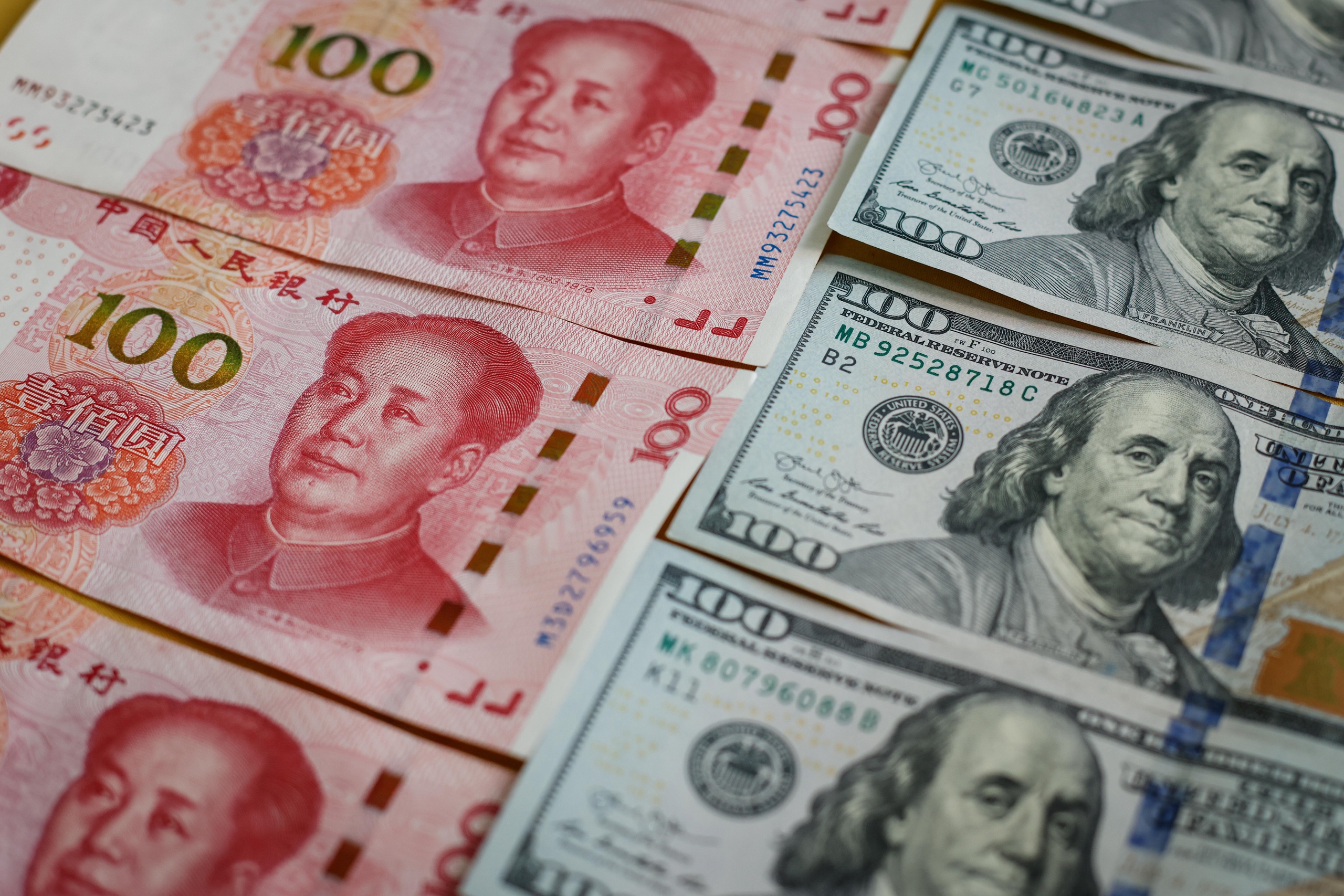In an effort to undercut the US dollar, China is increasingly trying to introduce its currency, the yuan, into emerging markets. Evidenced by recent developments in the yuan in the largest country in South America, Brazil, writes the South China Morning Post.
China wants trade and investment payments to be made in yuan instead of US dollars. They do this to be less dependent on dollars and to avoid being financially constrained by the United States.
Read also | The Russian “Chinese” economy
Brazil, China’s 10th largest trading partner and major supplier of iron ore and soybeans, has started accepting trade payments and investments in yuan. Central banks reached an agreement in February and a yuan clearing bank was appointed last week. In addition, he was granted access Cross-border interbank payment systema Chinese version of the international and western payment service Swift.
Brazil adopts the yuan
Due to these developments, analysts expect countries to use the yuan more. In particular, countries included in the New Silk Road, involved in energy trade in the Middle East and making cross-border payments in digital currencies will see increased use of the yuan, they expect.
Read also | China wants to continue to conduct a “normal” monetary policy
At the end of 2022, Brazil had more foreign exchange reserves in Chinese currency (the yuan) than in European currency. It was the second most important currency in reserves after the US dollar. Since the inclusion of the yuan in Brazil’s reserves four years ago, the share of this currency has increased sharply. The share of the US dollar in reserves fell from 89.93% in 2018 to 80.24% at the end of 2022.
“The international status of the US dollar will eventually align with its economic status”
A joint study by Huang Yadong and Zhang Wenlang of Chinese investment bank China International Capital Corporation suggests that this near-term dollar drop indicates that there are cracks in the dollar-dominated international monetary system due to geopolitical developments. .
Also more and more yuan in Russia
The popularity of the yuan is not only increasing in Brazil. Russia, China’s ninth-largest trading partner, has also been buying yuan lately. For example, the amount of yuan in reserves has been increased, and the yuan is also playing an increasingly important role in Russian state funds. More than two-thirds of bilateral trade between Russia and China is done in yuan or rouble. “It is a long-term trend that the international status of the US dollar will eventually align with its economic status,” the two analysts said.
Read also | The Chinese currency pushes the dollar aside
While the yuan currently accounts for only 2.19% of global payments, 3.5% of global foreign exchange transactions, 2.69% of central bank reserves and 12.28% of the International Monetary Fund’s currency basket, Special drawing rights fund, the influence is expected to increase in the long term.


“Devoted bacon guru. Award-winning explorer. Internet junkie. Web lover.”
 DodoFinance Breaking News Made For You!
DodoFinance Breaking News Made For You!
